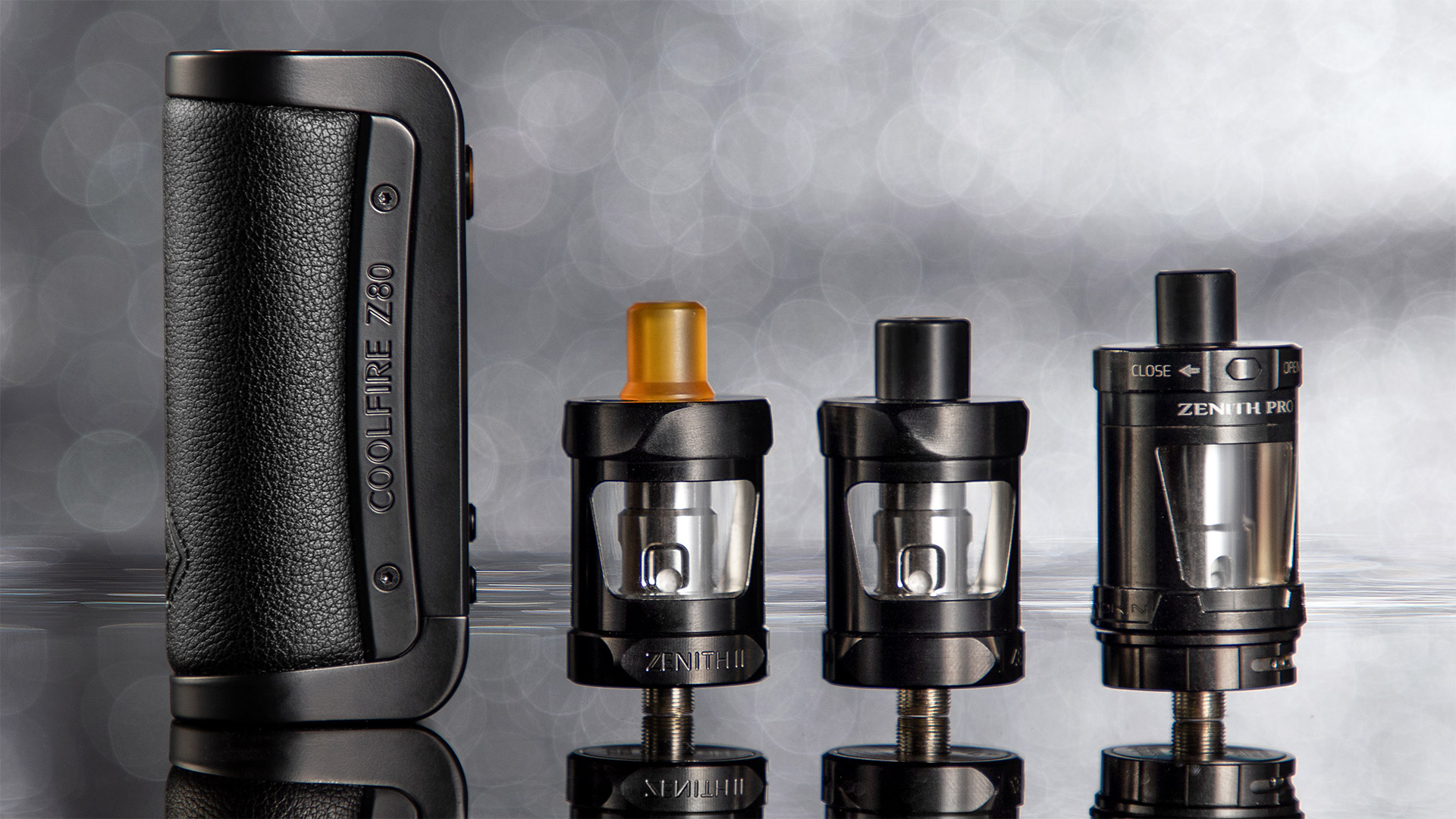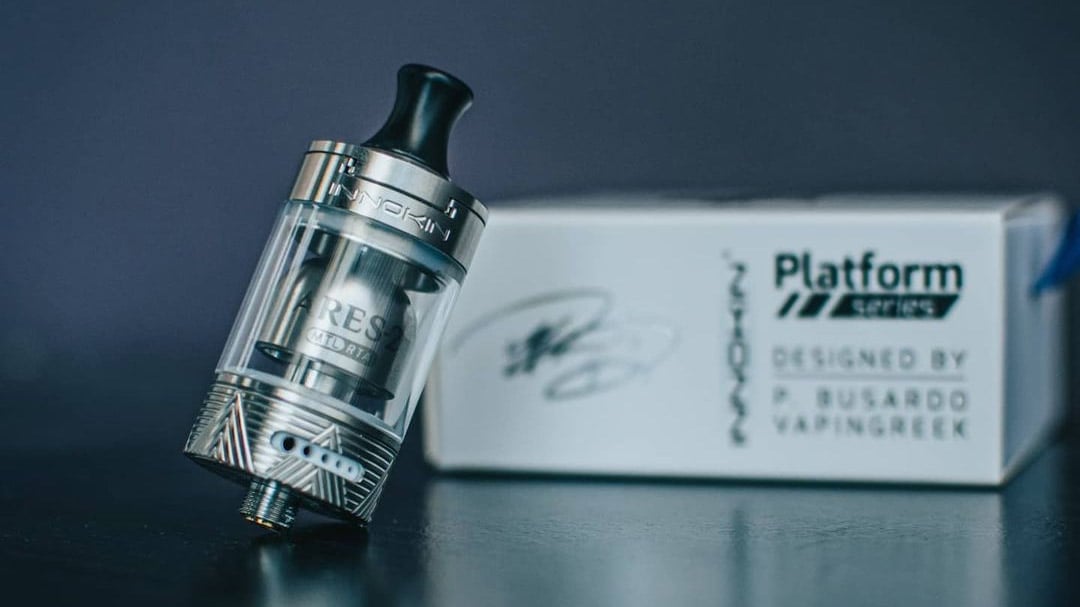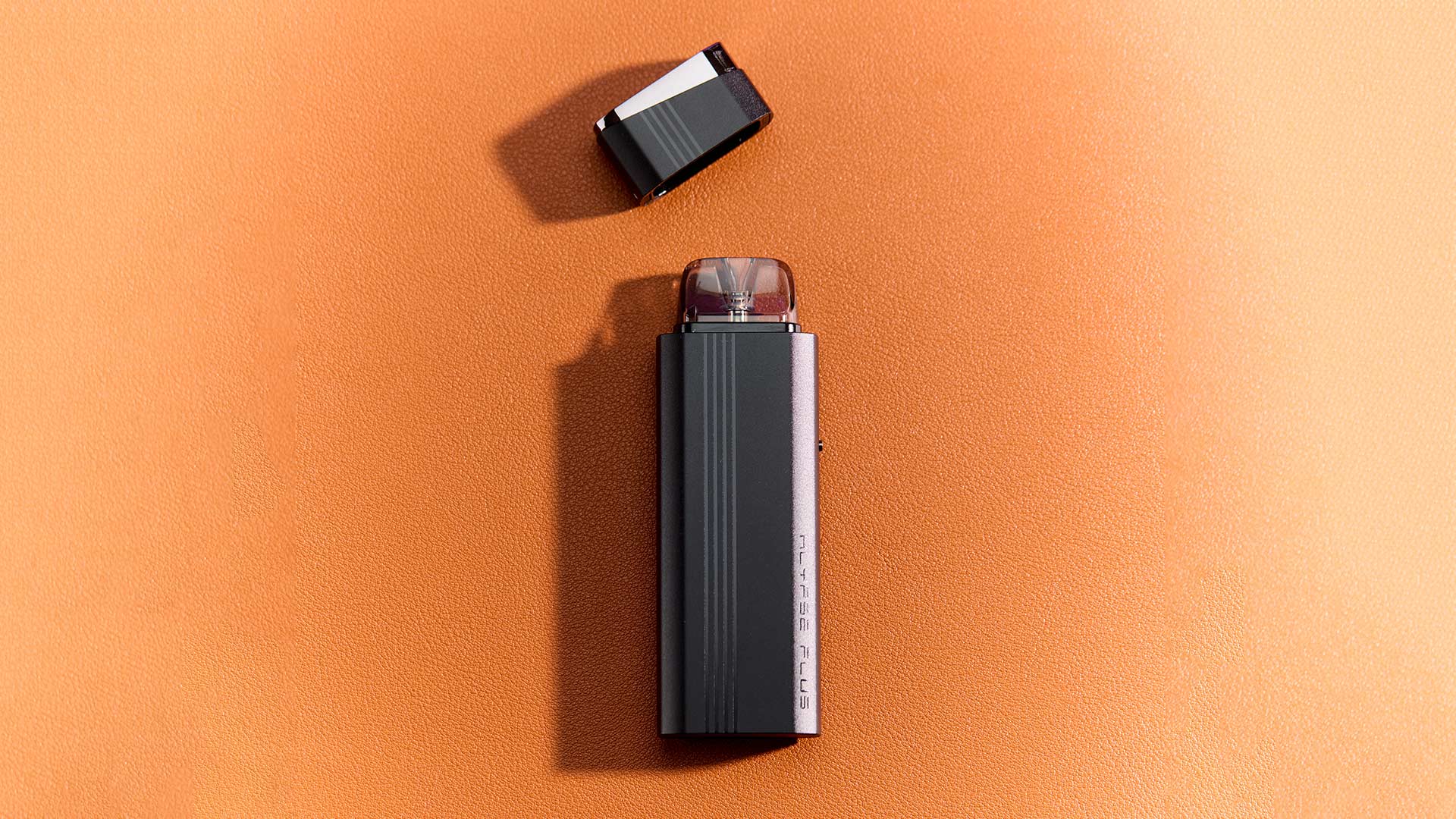Ever since vaping devices became commercially available, vapers have been tinkering with them to improve the experience. In the early days, devices did not satisfy many transitioning smokers. This led to the vaping community coming together online, sharing ideas on how to get the most out of available products.
Some common vaping terminology is rooted in this era. For example, the term “mod” comes from early vapers modifying flashlights to accept atomisers, to access increased battery life and power output.
During the early 2010s, a new kind of vaping product emerged: rebuildable atomisers (RBAs). They remain popular to this day, but what are they and why do people use them?
What is a rebuildable atomiser?
In a standard (AKA “stock”) atomiser, users install a pre-assembled coil head and replace it when it reaches the end of its life cycle. This is the most popular type of atomiser, as it’s simple, affordable and reliable.

In a rebuildable atomiser (AKA “RBA”, “RTA”, “RDA” or “RDTA”), the user needs to create a coil, install it, and wick it. Rebuildable atomisers require some skill and patience to properly assemble, which is why they have never been quite as popular as stock coil atomisers. However, this extra control does offer additional adjustability to vapers who are willing to put in the time.
What are the advantages of rebuildable atomisers?
Rebuildable atomisers offer several advantages over stock coil atomisers, which is why some experienced vapers choose to use them in the long term.
Firstly, RBAs offer a greater degree of control. When building a coil, you can choose the material, wire thickness and the number of wraps. When wicking, you get to choose the wicking material, length, and density. Once you’ve installed the coil, you can even adjust the distance it is placed from airflow inlets, which can modify characteristics like throat hit and flavour output.
Secondly, RBAs can reduce the overall cost of vaping. Although you will need to purchase some tools and materials to get started, once you have done this, these resources last for a long time. When you’ve built and installed a coil, it can be used long after the cotton has been degraded by heat and e-liquid residue. When a coil starts to produce muted or burnt flavour in an RBA, the user can remove the wick, clean the coil and install new wicking material, instead of replacing the coil entirely.
What are the disadvantages of rebuildable atomisers?
Although RBAs offer more control over your vaping experience and can reduce costs, there are some disadvantages to consider.
Firstly, maintaining an RBA is less convenient than a stock coil atomiser. When something goes wrong, or you need to change the coil/wick, it takes time, tools and the correct supplies. If this happens when you don’t have these things, you’re out of luck. Compared with replacing a stock coil, this can put your vape out of action unexpectedly.
Secondly, learning to build an RBA will take some time. It’s normal for new builders to go through a process of trial and error. At first, you may struggle to wrap coils, install them or use the correct amount of wicking material. This may result in some builds which do not provide a good vaping experience, including dry hits, flooding and leaking.
However, it should be noted that learning to use rebuildable atomisers is achievable for almost anyone who persists and is willing to improve their building skills. For many, the process of installing and building an RBA becomes second nature over time.
Different types of rebuildable atomisers
Throughout this article, you may have noticed us using several abbreviations for rebuildable atomisers, including RBA, RDA, RTA and RDTA. In this section, we’ll explain more about each of these.
Rebuildable atomiser (RBA) – RBA is a broad term, referring to any kind of rebuildable atomiser.
Rebuildable dripping atomiser (RDA) – RDAs are some of the most popular rebuildable atomisers and are usually the best style to use for new builders. This is because you drip e-liquid directly onto the coil and wick before vaping. As a result of this design, RDAs are much more forgiving with wicking precision and the atomiser can be re-built without having to waste a full tank of e-liquid. RDA designs typically result in a very short distance between the coil and your mouth. For this reason, some vapers find that RDAs can produce incredible flavour.
Rebuildable tank atomiser (RTA) – RTAs are also very popular among advanced vapers. As the name suggests, rebuildable tank atomisers hold a reserve of e-liquid, just like a standard tank. As a result, RTAs need to be built and wicked precisely to produce the best experience. In particular, you will need to learn how to wick an RTA so that it can supply enough e-liquid to the coil, but not so much that it causes flooding or leaks. Due to the extra complexity of RTAs, it takes more experience to build them properly, but when you do, it’s a fantastic vaping experience. The Innokin Ares 2 is an excellent choice for newer builders, with its user-friendly deck and wicking design. It also includes several tools and building materials to get you started!
Rebuildable dripping tank atomiser (RDTA) – RDTAs are a hybrid of RDA and RTA design elements. Like an RDA, the build deck and wicking can be easily accessed by removing the top cap. A tank section is located underneath the build deck, which supplies e-liquid to the coils. Since the e-liquid needs to wick upwards in an RDTA, you’ll either need to tilt the tank to saturate the coil or wick it in such a way that e-liquid can saturate naturally. In theory, RDTAs can offer the flavour production of an RDA, with the e-liquid capacity of an RTA. In practice, they can be quite difficult to master, and are prone to leaking. For these reasons, RDTAs have become less popular in recent years and are mostly used by very advanced vapers.

Benedict Jones
I quit smoking in 2013 through vaping and this opened my eyes to the life changing potential of next-generation nicotine. Since 2016, I've been working in the vapour products industry as a writer and marketer, specialised in consumer culture, product development and industry news.




